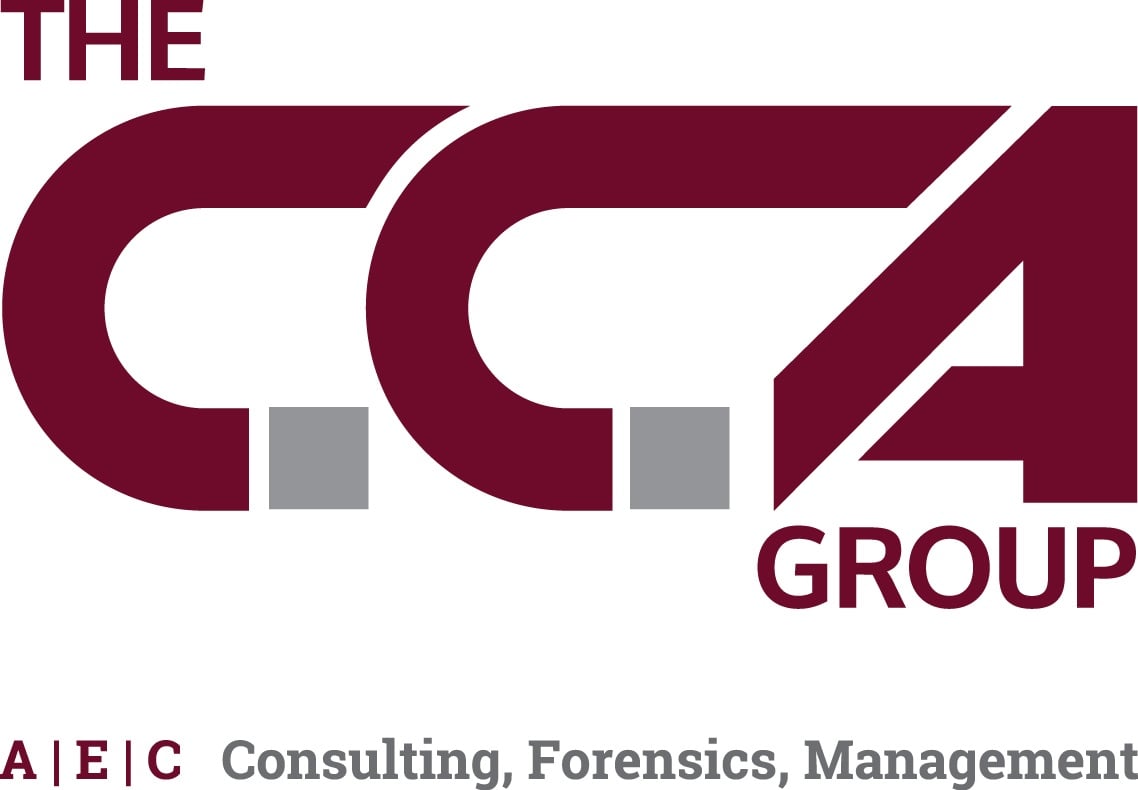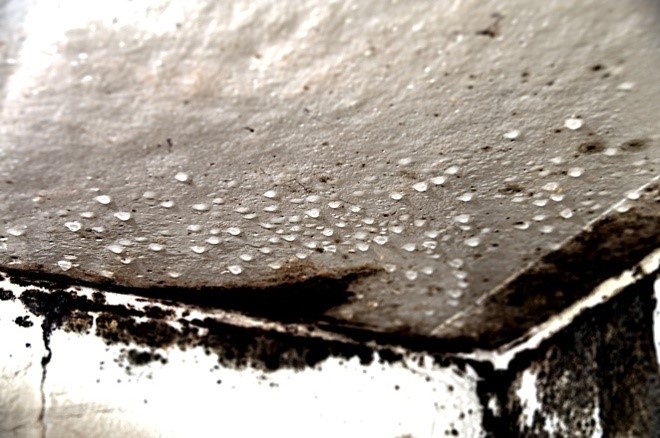
FOR IMMEDIATE RELEASE: CCA LLC/The CCA Group announces an alliance with The Center for Toxicology & Environmental Health (CTEH)
[fa icon="calendar'] Sep 1, 2017 10:04:08 PM / by Diana Bass
SERVING INSURANCE AND LEGAL ENTITIES, AND OWNERS AFFECTED BY HURRICANE HARVEY AN ALLIANCE TO PROVIDE COMPREHENSIVE ENGINEERING, CONSTRUCTION, AND ENVIRONMENTAL SERVICES IS FORMED
Read More [fa icon="long-arrow-right"]
If All Else Fails – Communicate Effectively!
[fa icon="calendar'] Aug 16, 2017 12:37:00 PM / by John R. Manning, PE, CCM, LEED
Many projects often bring to mind the famous line from Cool Hand Luke – “What we've got here is a failure to communicate.”
One of the definitions of communication from Merriam Webster Dictionary is “a technique for expressing ideas effectively.” On today’s projects, everyone on the project seems to be communicating, whether that be talking, emailing and/or sending correspondence, but the reality is that no effective communication is occurring. Many times, project participants are overwhelmed with the amount of correspondence and get extremely defensive of their positions, especially if they miss something. We may not have a failure to communicate but it appears many times that we have a failure to communicate EFFECTIVELY.
So how do we address this failure to communicate effectively??? I still remember one of my first classes on public speaking where the professor laid out a simple yet effective outline for a speech. He said in the Opening you tell them what you plan on speaking about; then in the Body you tell them what you are speaking about; and, finally, in the Conclusion you tell them what you told them! This has been shown to be an extremely effective means of communicating in speech to inform someone of a topic.

The Importance of a Quality Management Plan and Why it Should be Completed Early!
[fa icon="calendar'] Aug 8, 2017 10:30:00 AM / by John R. Manning, PE, CCM, LEED
Quality on a project, many times, is one of the last considerations for an Owner whom usually focuses first on cost and then schedule.
At the end of the day, the Quality of a built project is extremely critical for a lot longer than the time it took to design and build it. In the Project Management Plan, there should be a Quality Management Plan portion. In that segment the Project Manager should outline who will be responsible for delivering quality on a project. This starts first with a good design. One of the first steps the Owner’s Representative can do is to develop a Differentiation Document that clearly outlines who will be responsible for what in a Project, similar to the following example of a site and pool area development.

Mold Within City Buildings: A Common & Growing Issue Part 3
[fa icon="calendar'] Aug 1, 2017 2:58:00 PM / by Morris Yarjovski, CCPM, CCI
Part three of a three part series
As I hinted to in an earlier post, reducing the number of mold cases in both new and older buildings will require a multi-prong approach. First, we must consider the construction process when evaluating the strategies that might be used to combat mold in our structures. Then, the building’s envelope design; and finally, the materials chosen.

Mold Within City Buildings: A Common & Growing Issue Part 2
[fa icon="calendar'] Jul 20, 2017 2:52:00 PM / by Morris Yarjovski, CCPM, CCI
Part two of a three part series
In older buildings, the facility needs to be reviewed diagnostically. By that, I mean, the structure needs to be analyzed for what may be producing a problem, and not just from what can be designed better. In other words, we need to observe the sources that contribute to the growth of mold within the aging structure.

Asbestos Testing and Clean-Up
[fa icon="calendar'] Jul 5, 2017 9:22:00 AM / by Robert Pfeifer, AIA
Part two of a series. If you missed part one of our Asbestos post series, you can access that here.
Asbestos Testing and Clean-Up
Once asbestos is discovered or suspected the following steps should be safely taken by qualified professionals; secure the property to be sure no individuals or workers go into the building without proper training and personal protective equipment, survey the property, inspect for the presence of asbestos contamination, and locate the source of the asbestos contamination.
CCA has led asbestos remediation, leading teams of professionals to inspect, evaluate, and de-contaminate buildings. Working with local environmental inspection and testing consultants, CCA and the consultants would safely enter the building, take surface and airborne samples, and determine if the structure is, in fact, contaminated with airborne asbestos particles.

Why have a Master Schedule? What should be included in that schedule?
[fa icon="calendar'] Jun 26, 2017 10:53:00 AM / by John R. Manning, PE, CCM, LEED
In parallel with the development of the budget is the development of the Master Project Schedule. This schedule will outline the goals of the Owner for the project with respect to time.
The Owner’s representative should develop various alternative approaches for phasing, sequencing, management and implementation of the project from due diligence through commissioning. This schedule is an outline of the key activities necessary to complete the project. Then based upon review with the Owner, the Owners’ Representative will prepare a final Master Schedule that will detail the overall time related goals for the project. This schedule should be presented in a format that the Owner can comprehend even if it is developed in a sophisticated scheduling program like Primavera P6. It is critical that the Owner’s Representative get acceptance of the time line from the Owner prior to finalizing the Master Schedule.

Preliminary Cost Investigations and the Importance of a Detailed Budget
[fa icon="calendar'] Jun 21, 2017 9:55:27 AM / by John R. Manning, PE, CCM, LEED
This is the sixth post in our year-long series about the best ways to work with your Owner's Representative. You can view all of the series posts here.
The most critical segment of the pre-design phase of your project is the development of a sound budget through good preliminary cost investigations.
A project can be made or lost in those crucial first few days or weeks if careful thought is not put into the budget. Once the budget is set and the Owner gets its funding it becomes an uphill battle to get more funding so all budgets need to be reviewed by everyone who has a stake in the project from the Owner’s side. The budget should be broken out in adequate detail to allow everyone to understand what is included in the budget and what is not included in the budget.
Most of the time budgets are developed with little, if any, design documentation. This initial budget estimate may be required prior to any plans or sketches and be based solely on a “concept” or “program,” hence the need for a well thought out and written Scope or Project Requirements, which should be developed in parallel with the budget and will provide the detail of what is included in the budget.
Actual estimating will typically be limited at this stage to broad budget type numbers based upon areas. Those areas should be included in a written Scope or Project Requirements (Program). In any budget breakdown, notes should be added to line items to ensure that others understand what was considered and be able to follow the budget logic.

Mold Within City Buildings: A Common & Growing Issue
[fa icon="calendar'] Jun 20, 2017 7:48:22 AM / by Morris Yarjovski, CCPM, CCI
Part one of a three part series
If one was to do a random inspection for mold in a large city, like New York City, the likelihood of encountering it would be relatively high.

What should be considered in a proper project site due diligence?
[fa icon="calendar'] Jun 9, 2017 9:45:11 AM / by John R. Manning, PE, CCM, LEED
This is the fifth post in our year-long series about the best ways to work with your Owner's Representative. You can view all of the series posts here.
In the Pre-Design phase of the project there may be a need for additional due diligence studies to ensure that the project is feasible. One of the first due diligence studies could be a Property Condition Assessment (PCA).
The standard format of PCA is detailed in ASTM E2018. As an Owner’s Representative when asked to assess a property we use this format when performing a due diligence study. The most critical process for the firm who is contracted to perform a PCA is systematically reviewing the property and completing the information required on the standard which will ensure that a property is completely reviewed.

